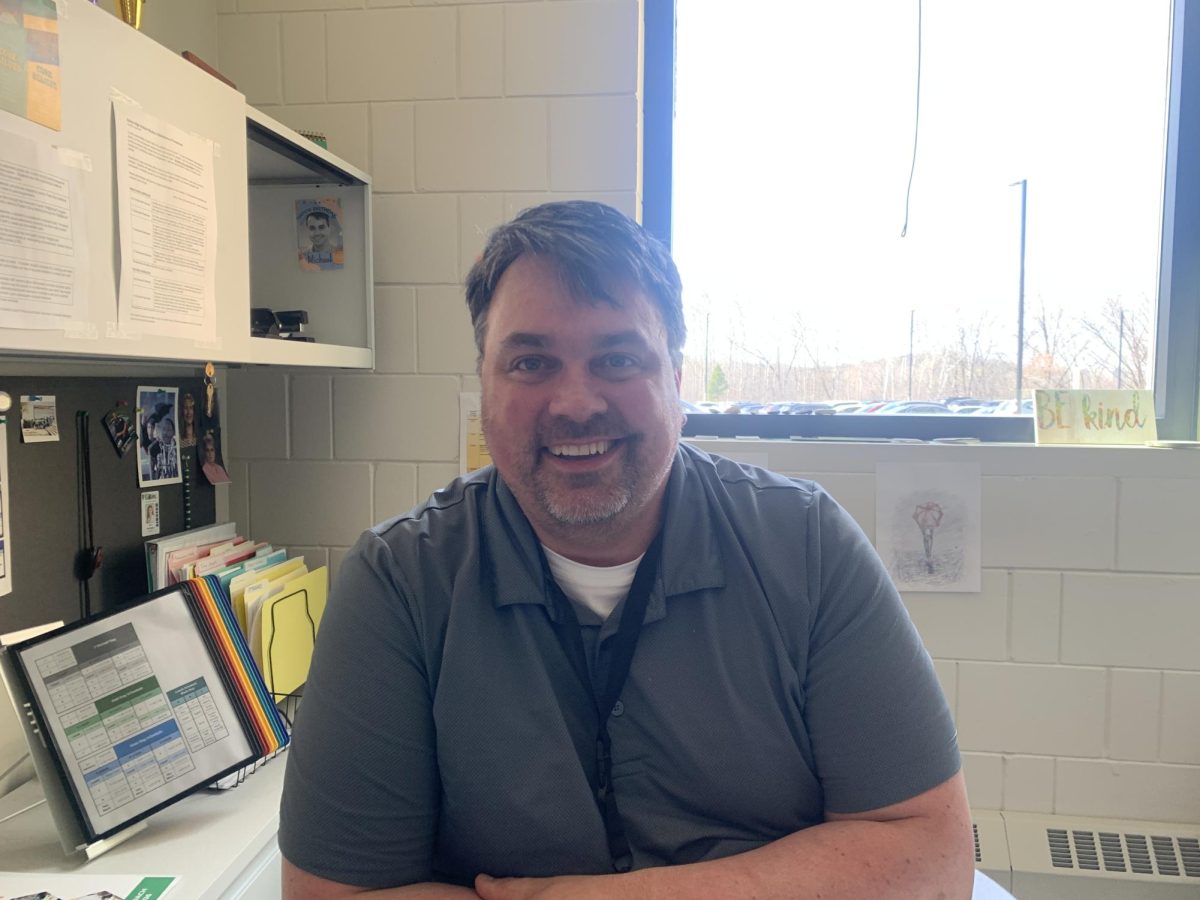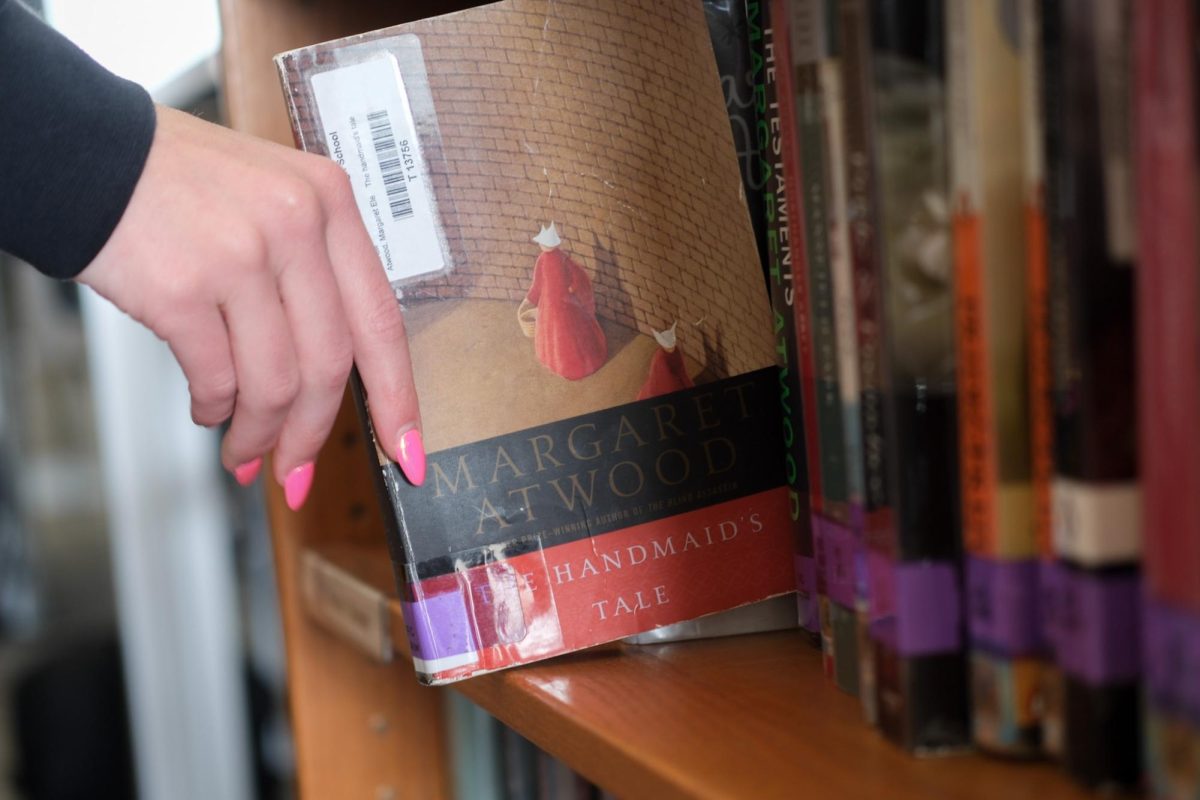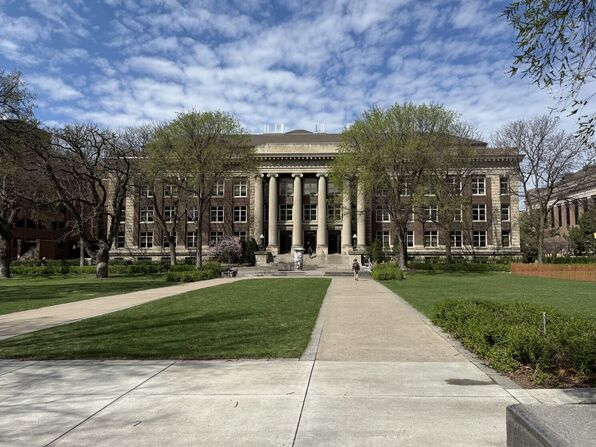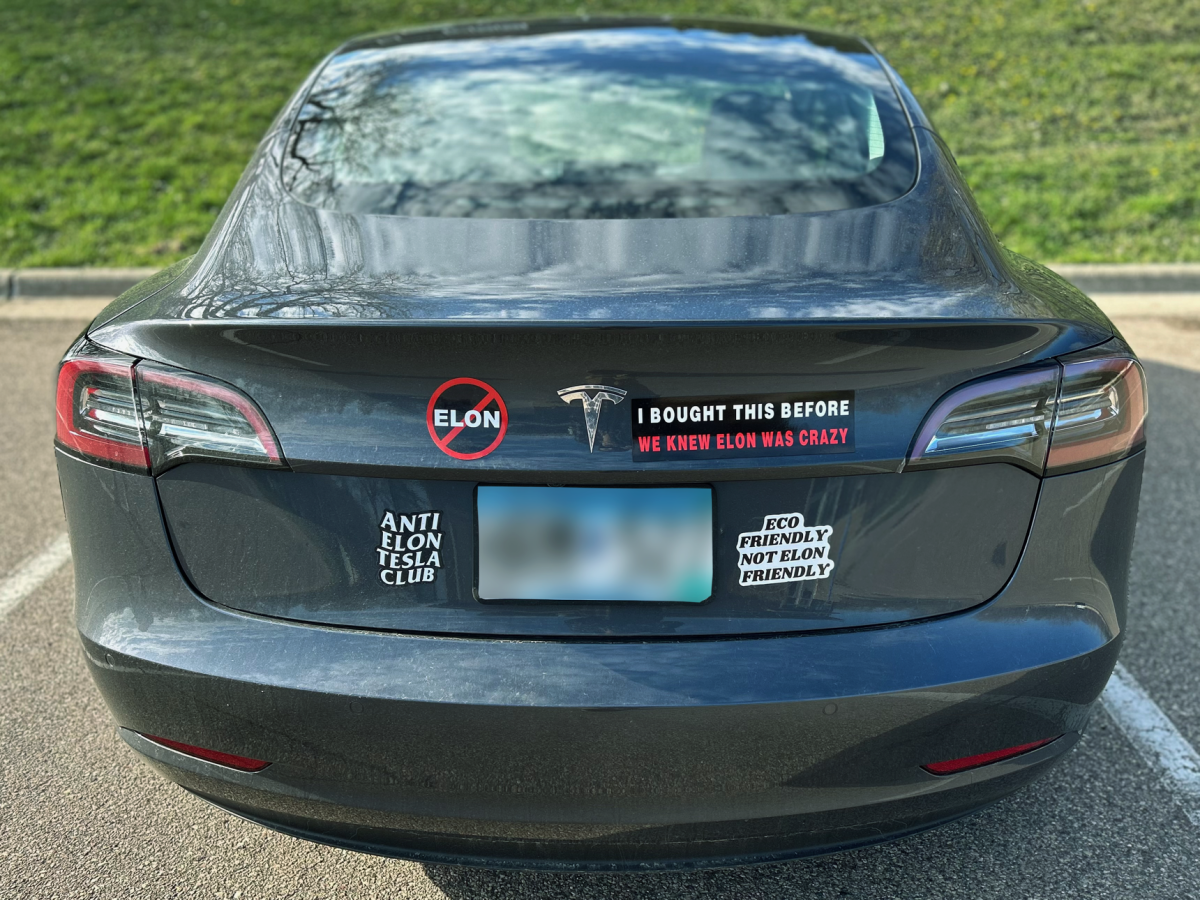September 17, 2011, the Occupy Wall Street movement began in New York, and within a month, the protest had spread to over seventy major cities in the United States, including Minneapolis. People of varying age, race, and economic status have taken their protest to the Hennepin County Government Plaza in downtown Minneapolis, wanting their voices heard.
With the slogan “we are the 99%”, protestors are expressing their outrage about the large gap between the top 1% of Americans with a large income, and the other 99%. They also address issues ranging from stopping political corruption to ending homelessness. The Occupy MN website stated that, “our current objective and purpose is to establish a forum where our voices can meet and we can work on building a resolve to all of the issues at hand.”
This mostly peaceful protest is problematic because some protesters vandalized stores and businesses and disrupted public activities. Seven protesters were arrested on October 20, after police had told them to vacate the intersection of 6th Street and 2nd Avenue. They were arrested after they refused to leave with the rest of the protesters, who numbered around 50 people.
On November 15, the center of the Occupy Movement, Zuccotti Park in New York City, was forcibly cleared by the police force. Michael Bloomberg, the Mayor of New York, claimed that the park had become unsanitary and a threat to the public health. After the park had been cleaned, protesters were let back in, but with some new restrictions. It’s now illegal for them to set up tents or tarps, or to have sleeping bags.
The protest lacks a designated leader and has garnered some negative media attention, but a poll by Time magazine showed that 54% of Americans approve of the protests, while only 23% have a negative view.
Although the Occupy Wall Street movement has yet to see any concrete result, it has brought many prevalent issues to the attention of a wide audience.




